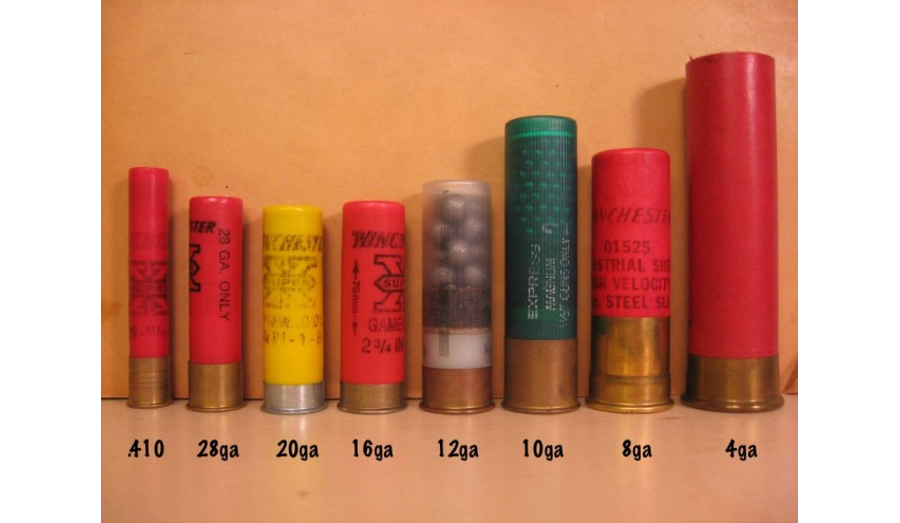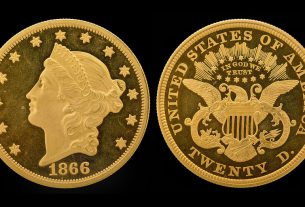There was once a time when shotshells came in all sorts of different sizes. Carrying over from the days of blackpowder, when shooters fit projectiles to whatever diameter barrel bore they bought, the heyday of shotshell variety may very well have been the late 19th century. Oddball calibers like 11 gauge, 13 gauge, and 14 gauge weren’t uncommon to find. But today the only oddballs you might ever encounter are smaller gauges like 32 gauge and 24 gauge. Between 12 gauge and 20 gauge, there just isn’t anything available. Or is there?
The history of shotshells in the 20th century is the history of the gradual disappearance of the 16-gauge shotshell, once one of the most popular sporting cartridges in the world. The 16 gauge is still popular in Europe, where it retains a strong following, but has almost completely died out in the US. Aside from a small number of hardcore enthusiasts, particularly those who enjoy shooting foreign shotguns, finding 16-gauge ammunition is a tough proposition. But it can be highly rewarding to those willing to make the effort.
The 16 gauge finds itself situated perfectly between the 12 gauge and 20 gauge. Its .663” diameter is closer to the 20 gauge’s .615” than the 12 gauge’s .729”. But that diameter is just about ideal for loading an ounce of shot. In fact, since the gauge system is based on the weight of a solid lead ball that will fit the bore of a firearm, a 16-gauge lead ball is exactly one ounce.
That in turn means that a one-ounce 16-gauge load is often completely “square,” meaning that it is as wide as it is tall. That appeals to many shotgun shooters, as a square load is less likely to spread or deform in flight, as shorter and taller loads in other gauges may do. So why did the 16-gauge shotshell fall out of favor with American shooters?
Skeet shooting became very popular with American shooters in the mid-20th century. And skeet only allows for four gauges: 12 gauge, 20 gauge, 28 gauge, and .410 bore. The growing popularity of skeet led to increasing ammunition sales in those calibers. And gradually 16 gauge fell by the wayside, as sales of both 16-gauge shotguns and 16-gauge ammunition declined as they played no role in skeet.
The 16 gauge’s former popularity can be attested to by the fact that popular shotguns such as the Mossberg 500 and Remington 870 were once chambered in 16 gauge, in their early years. But those 16-gauge offerings were discontinued by the 1960s, and finding brand new shotguns chambered in 16 gauge is just about impossible, outside a handful of European offerings.
The 16 gauge remains popular in Europe, in shotguns, drillings, and combination guns. Ammunition and components are available from European manufacturers too, such as Fiocchi, Baschieri & Pellagri, Brenneke, and Cheddite. Because the 16 gauge died out only a few decades after the introduction of the 2 3/4” (70mm) 16-gauge shotshell, many older shotguns and drillings found chambered in 16 gauge feature chambers of 2 1/2” to 2 5/8” (65mm to 67mm among European guns). While 2 3/4” ammunition can generally be fired safely in those shorter chambers, it isn’t recommended for regular use, and can lead to pierced primers or other problems.
The cheapest ammunition for 16 gauge runs about 28 cents per shell, versus 20 cents per shell for 12 gauge. That isn’t a huge difference, and reloading components for the two gauges generally run around the same price. The 16 gauge is normally loaded with loads as small as ¾ ounce, or as large as 1 1/8 ounce. Some handloaders even load it to 1 ¼ ounce, making it a relatively versatile cartridge that can take the place of both the 12 gauge and the 20 gauge. 16-gauge firearms also are often built on their own frame size, making them lighter and handier than heavy 12-gauge firearms, but giving more weight and better swing than lighter 20-gauge firearms.
Because of the 16 gauge’s popularity with only a small subset of shooters, guns chambered in 16 gauge can often be found relatively inexpensively. And as long as the shotgunner with a 16 gauge stocks up on enough ammunition and components, the 16-gauge shotshell can serve a useful role in his survival armory.
Image: TheFirearmBlog.com
This article was originally posted on Red Tea News.





